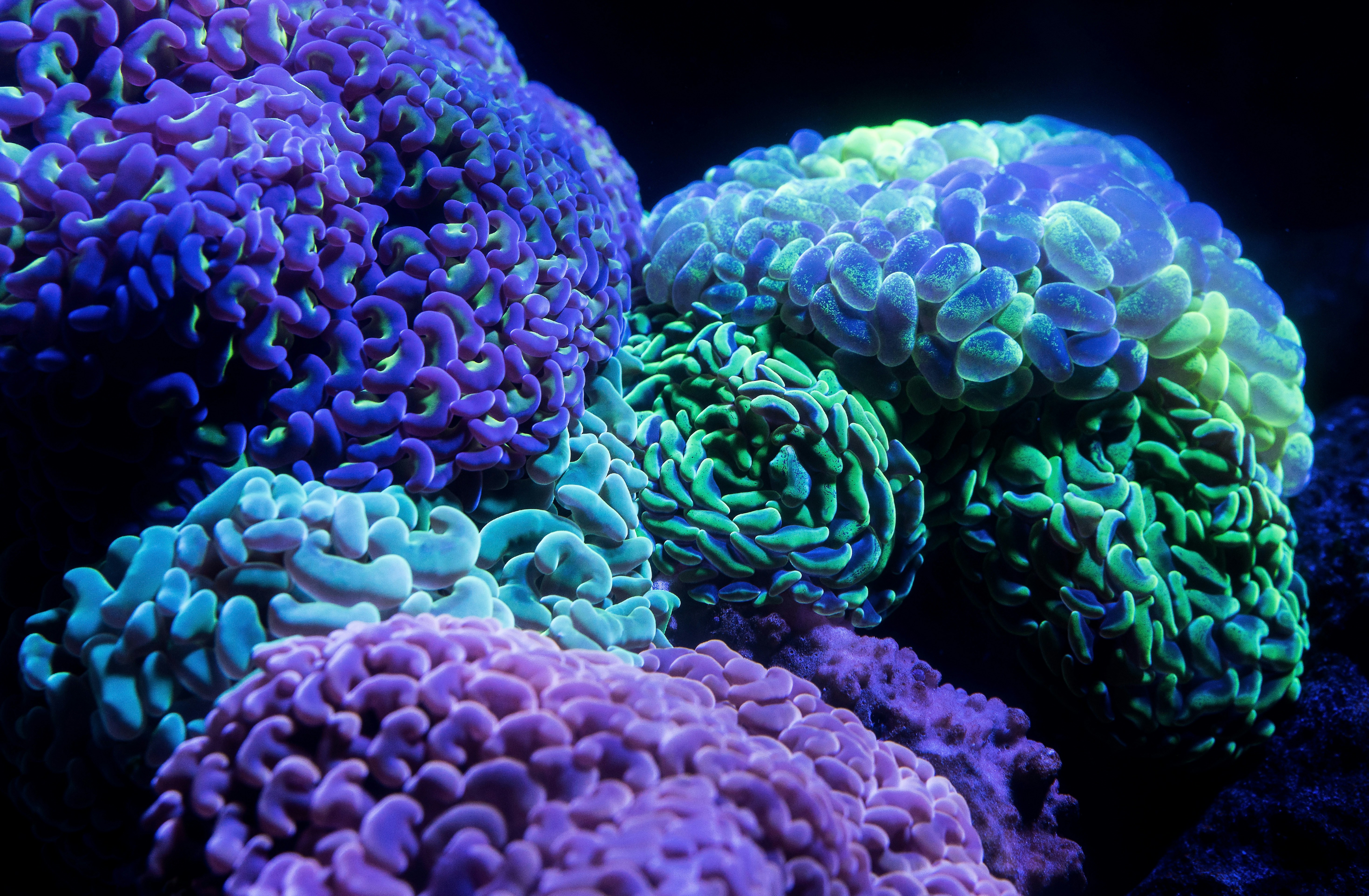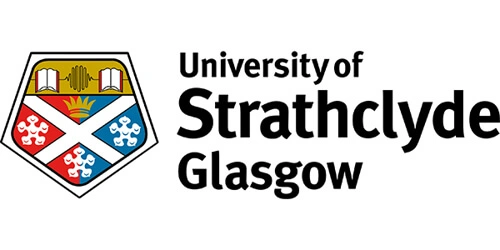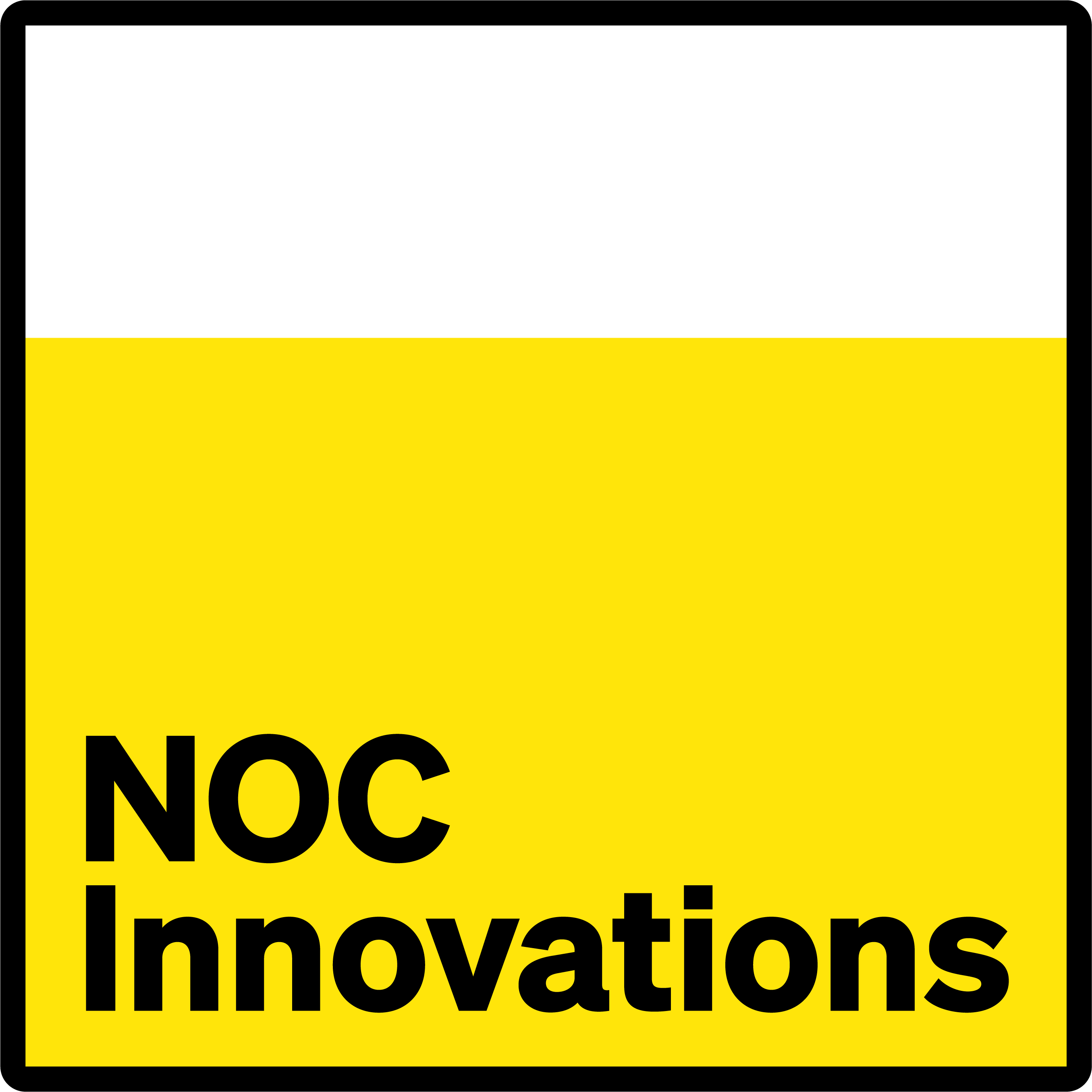Project Overview
Recently, the work of our Transparent Ocean PhD Student, Hamidreza Farhadi Tolie, Transparent Ocean Lead, Professor Jinchang Ren and RGU School of Computing Professor Eyad Elyan was published in the peer-reviewed scientific journal, Neurocomputing. The research the team has undertaken is partly supported by the wider SeaSense project which is funded by the Net Zero Technology Centre. The paper, titled ‘DICAM: Deep Inception and Channel-Wise Attention Modules for Underwater Image Enhancement’, introduces a novel deep learning-based approach termed ‘Deep Inception and Channel-Wise Attention Modules (DICAM)’. The proposed DICAM model enhances the quality, contrast and colour cast of hazy underwater images.
Challenges
Due to its vital role in improving the performance of current computer vision tasks in underwater object detection and segmentation, underwater image enhancement has garnered increased attention in recent years. This attention has arisen partly from it being a favourable source of information for many engineers and researchers involved in activities such as the condition monitoring of energy infrastructures, visual mapping of the seabed, trash detection and the detection and classification of underwater objects and events. However, the underwater environment poses formidable problems for condition monitoring and inspection using conventional vision techniques. A combination of water turbidity, attenuation of lights, scattering and particles can lead to low quality, poor contrast and biased colour images and videos.
Recent Developments
As current techniques, built predominantly from natural scenes, have performance limitations in improving the colour vibrancy and distributions, the team has suggested a novel deep learning-based approach - Deep Inception and Channel-Wise Attention Modules (DICAM). DICAM has been established through a deep neural network architecture inspired by the inception and attention modules with three stages:
- Channel-level colour recovery
- Colour correction
- Dimension reduction

Rigorous experiments have demonstrated the superior performance of the model in terms of image quality metrics, histogram comparison measure and run-time.
Future Plans
Looking ahead, potential plans involve developing models which can consider the distortions that occur during the storing and transmission of images, as well as enhance the degradations caused by natural artefacts such as light attenuation. Furthermore, utilising regional relationships in information retrieval, together with content-oriented enhancement, could aid in the production of better images. In turn, this enhancement has the potential to increase the accuracy of object detection techniques.
Companies interested in receiving further information on how this research can be applied to their projects, can reach out via our Contact Us page. The NSC's dedicated team will be happy to discuss possible collaborations and partnerships.
To discover more about how our Transparent Ocean team is solving real-world problems and the other impactful research projects that are currently being undertaken, view our dedicated Transparent Ocean webpage.








